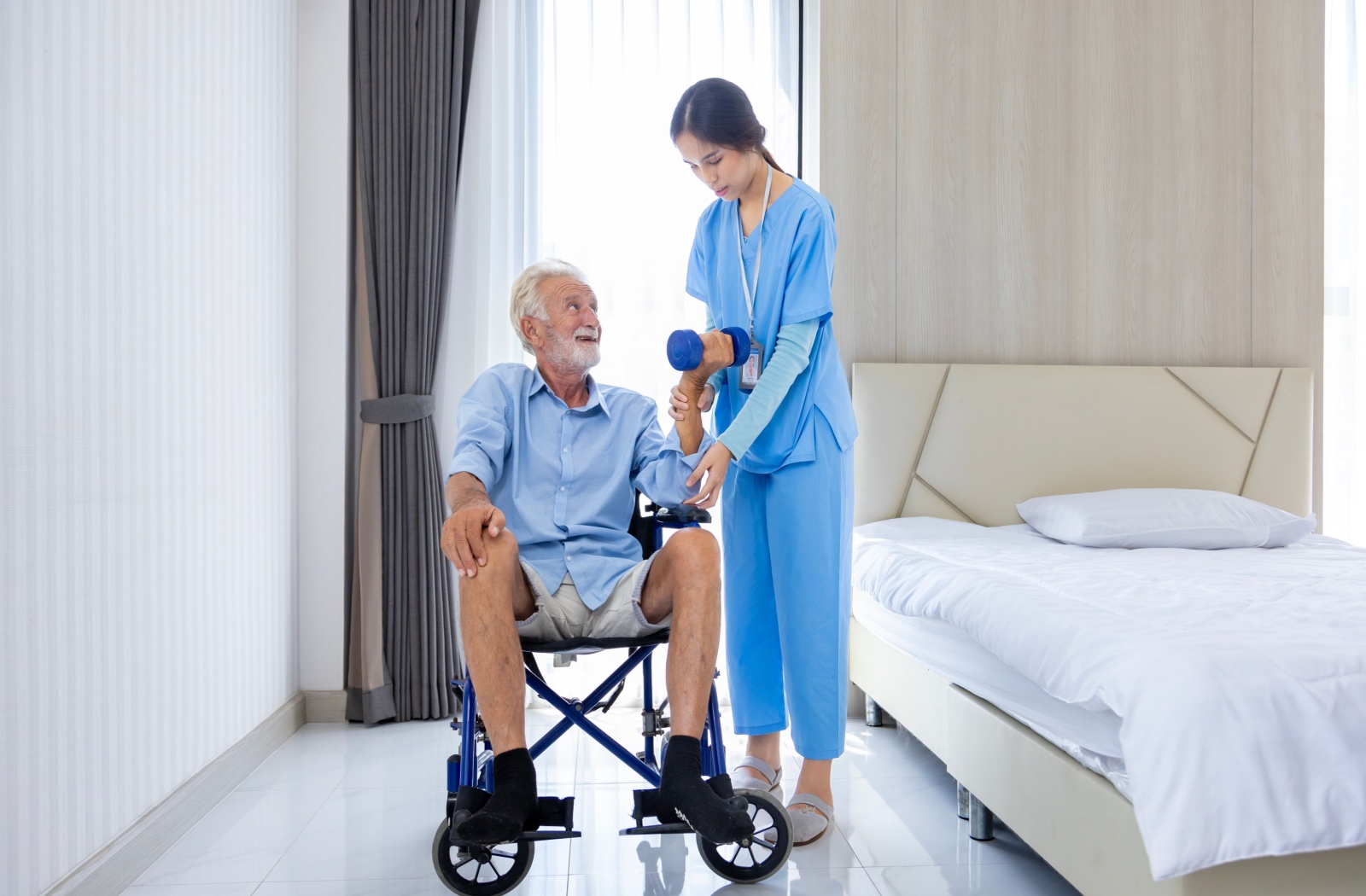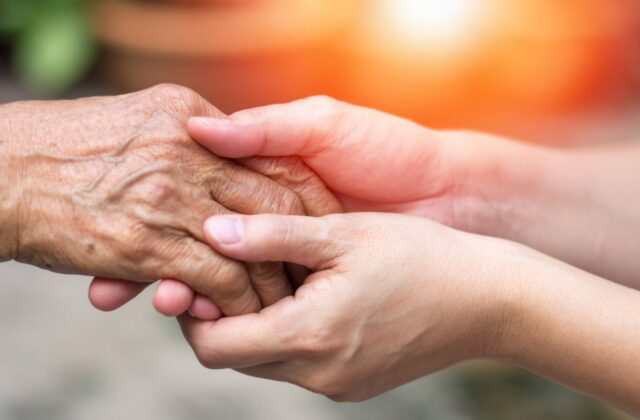Hospice care often conjures up images of a patient lying in bed, receiving minimal medical intervention as they approach the end of life. However, this limited perspective perpetuates several misconceptions about what hospice care actually entails.
Hospice care is a comprehensive approach focused on providing quality of life and dignity, not just making patients comfortable before they pass. Some common misconceptions about hospice care include:
- Hospice care is only for the last few days of life
- Hospice means giving up
- Hospice is only for cancer patients
- Hospice care is the same for everyone
- Hospice care ends when the patient passes
At Del Corazon Hospice, we believe that compassionate, personalized care can make all the difference in the final stages of life. From skilled nursing care and emotional support to practical assistance and spiritual guidance, we’re here to help you live each day to the fullest with dignity and comfort.
Misconception 1: Hospice Care is Only for the Last Few Days of Life
One of the most pervasive myths about hospice care is that it is only suitable for the final days or hours of a patient’s life. In reality, hospice care is recommended for patients who are expected to live six months or less if the illness runs its usual course.
By choosing hospice earlier, patients and their families can benefit from the full spectrum of services designed to enhance the quality of life during this challenging time.
Misconception 2: Hospice Means Giving Up
Opting for hospice care does not mean losing hope or giving up on life. Instead, it signifies a shift in focus from curative treatment to palliative care, aiming to manage symptoms and improve the patient’s comfort and quality of life. Hospice care allows patients to live as fully as possible, for as long as possible, with dignity and respect.
Misconception 3: Hospice is Only for Cancer Patients
While hospice care is often associated with cancer, it is available to patients with various life-limiting illnesses, including heart disease, lung disease, kidney failure, and neurodegenerative conditions like Alzheimer’s and Parkinson’s disease. The goal is to provide compassionate care to anyone experiencing the end stages of a chronic illness.

Misconception 4: Hospice Care is the Same for Everyone
Hospice care is highly individualized, tailored to meet the needs of each patient and their family. At Del Corazon Hospice, the care plan is designed to address physical, emotional, and spiritual aspects. There are four levels of hospice care that illustrate the breadth of services available:
Routine Home Care
Routine home care is the most common level of hospice care. It involves regular, scheduled visits by hospice staff to the patient’s home, whether that is a private residence, a long-term community, or an assisted living environment.
This level of care includes pain management, symptom control, assistance with daily tasks, and therapeutic services. Based on the patient’s needs, routine home care can be intermittent and is customized to support both the patient and their family.
Continuous Care
Also known as “crisis care,” continuous care is provided during periods of crisis when a patient’s condition requires immediate and extensive intervention. This level involves a minimum of eight hours of skilled nursing care within a 24-hour period. Continuous care is a short-term solution to manage acute symptoms and is re-evaluated every 24 hours to determine ongoing needs.
Inpatient Hospice Care
When a patient’s symptoms cannot be managed at home, they may be admitted to a hospital, hospice care center, or skilled nursing community for inpatient care. This level of care is designed to stabilize severe symptoms, such as uncontrollable pain, so the patient can return home as soon as possible. Inpatient care is typically limited to short stays, generally three to five days.
Respite Care
Caregiving for a loved one can be exhausting and emotionally draining. Respite care provides temporary relief for family caregivers, offering up to five consecutive days of care in an inpatient community. This allows caregivers to take a much-needed break, knowing their loved one is in a safe and supportive environment.
Misconception 5: Hospice Care Ends When the Patient Passes
Another common misconception is that hospice care ends with the patient’s death. In reality, hospice care extends support to the family through bereavement services. Del Corazon Hospice, for instance, offers free bereavement counseling to anyone in their community, regardless of whether they received hospice services from them. This ongoing support helps families navigate the grieving process.
Who Can Benefit from Hospice Care?
Hospice care is beneficial for patients with a life-limiting illness who seek to prioritize comfort and quality of life over intensive treatments. It is also invaluable for families, providing them with the support they need to care for their loved one at home. Hospice care offers:
- Medical Support: Skilled nursing care, pain management, and symptom control
- Emotional and Spiritual Support: Counseling, support groups, and spiritual care tailored to the patient’s beliefs
- Practical Assistance: Help with daily tasks, coordination of care, and respite for family caregivers
- Education: Guidance on what to expect, how to manage symptoms, and how to provide care at home
Enhancing the End-of-Life Experience
At its core, hospice care is not about dying but about living as fully as possible until the end. It is a philosophy of care that focuses on the patient, not the disease, and seeks to provide a meaningful, dignified end-of-life experience.
By dispelling common misconceptions, we can better understand the profound impact hospice care has on patients and their families, ensuring that no one faces the end of life alone.
If you or a loved one is facing a life-limiting illness, don’t navigate this journey alone. Contact us today to speak with a registered nurse for free and explore how Del Corazon Hospice can help.


